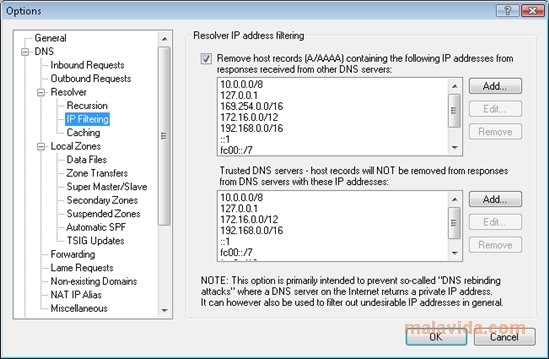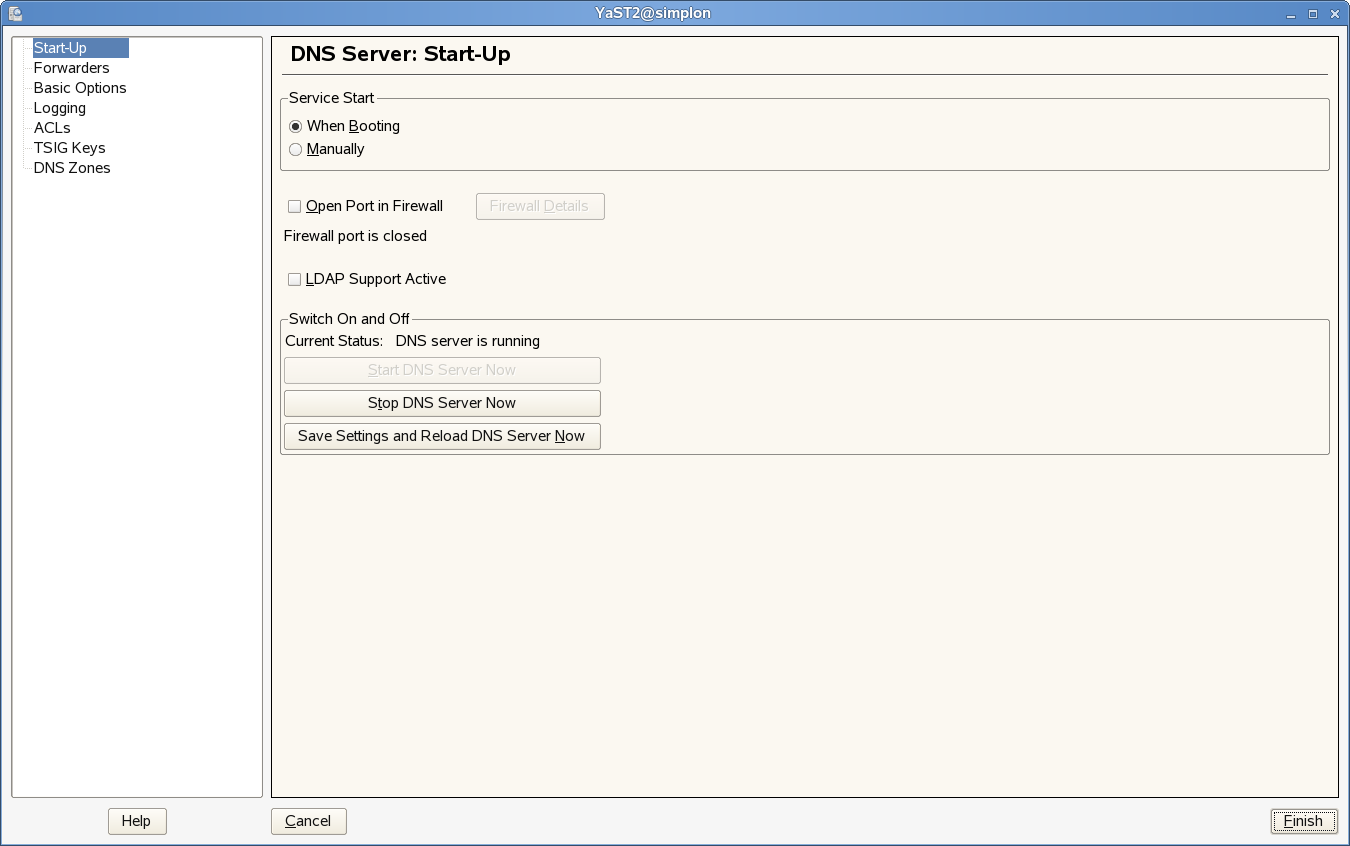

A resolver will typically be a system routine that is directly accessible to user programs. The resolver either uses that name server's information to answer a query directly or pursues the query using referrals to other names servers. Resolvers must be able to access at least one name server. Name resolvers are programs that extract information from name servers in response to client requests. Upon receiving a client-issued DNS query, the name server will check this local storage to see if the answer is available locally. The cache stores the results from previous responses. To speed the process of converting names to addresses, the name server maintains a database, called a cache, of hostname-to-address mappings for use by the connect, telnet, and ping EXEC commands, and related Telnet support operations. Before domain names can be mapped to IP addresses, you must first identify the hostnames, then specify a name server, and enable the DNS service. A name server may also store information about other parts of the domain tree.

Name servers know the parts of the domain tree for which they have complete information.

Name servers are programs that have complete information about their namespace portion of the domain tree and may also contain pointers to other name servers that can be used to lead to information from any other part of the domain tree. To keep track of domain names, IP has defined the concept of a name server. A specific device in this domain, the File Transfer Protocol (FTP) system, for example, is identified as. For example, Cisco is a commercial organization that the IP identifies by a com domain name, so its domain name is. Domain names are pieced together with periods (.) as the delimiting characters. On the Internet, a domain is a portion of the naming hierarchy tree that refers to general groupings of networks based on organization type or geography. This is a hierarchical naming scheme that provides for domains. IP defines a naming scheme that allows a device to be identified by its location in the IP. The DNS system can locate a network device by translating the hostname of the device into its associated IP address. This allows local control of the segments of the network through a client-server scheme. DNS uses a hierarchical scheme for establishing hostnames for network nodes.
:max_bytes(150000):strip_icc()/003_double-internet-speed-with-one-settings-change-2377750-5bdb824d46e0fb0051f1dbe2.jpg)
The following sections summarize DNS concepts and function.Įach unique IP address can have an associated hostname. The global naming scheme of the Internet, the DNS, accomplishes this task. If your network devices require connectivity with devices in networks for which you do not control name assignment, you can assign device names that uniquely identify your devices within the entire internetwork. To use DNS, you must have a DNS name server on your network.
#How to speed up simple dns plus software#
Navigator to find information about platform support and Cisco software image Which each feature is supported, see the feature information table. The features documented in this module, and to see a list of the releases in Release notes for your platform and software release. May not support all the features documented in this module. The IP6.ARPA domain is defined to look up a record given an IPv6 address. The resource record type AAAA is used to map a domain name to an IPv6 address. You can specify IPv4 and IPv6 addresses while performing various tasks in this feature. This cache speeds the process of converting names to addresses. Ping EXEC commands, and related Telnet support operations. The Cisco IOS software maintains a cache of hostname-to-address mappings for use by the Each unique IP address can have an associated hostname. The Domain Name System (DNS) is a distributed database in which you can map hostnames to IP addresses through the DNS protocol from a DNS server.


 0 kommentar(er)
0 kommentar(er)
